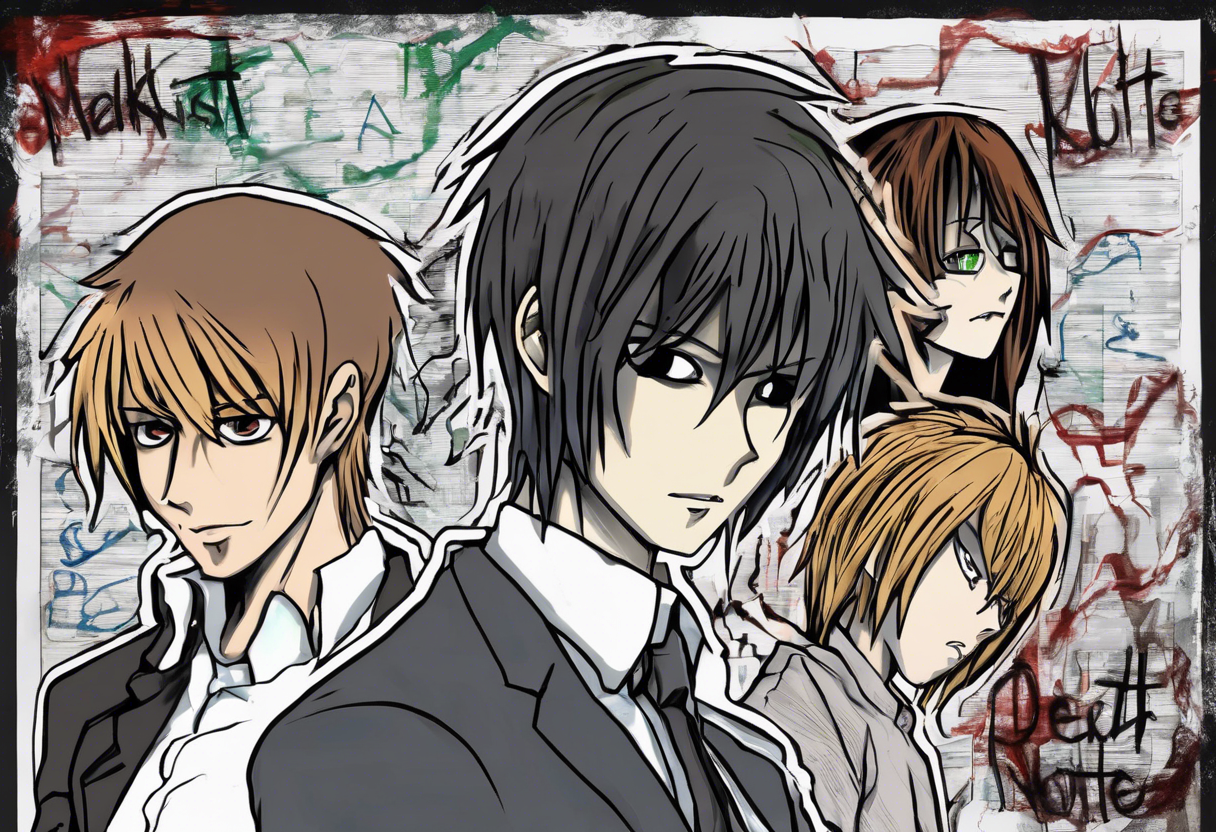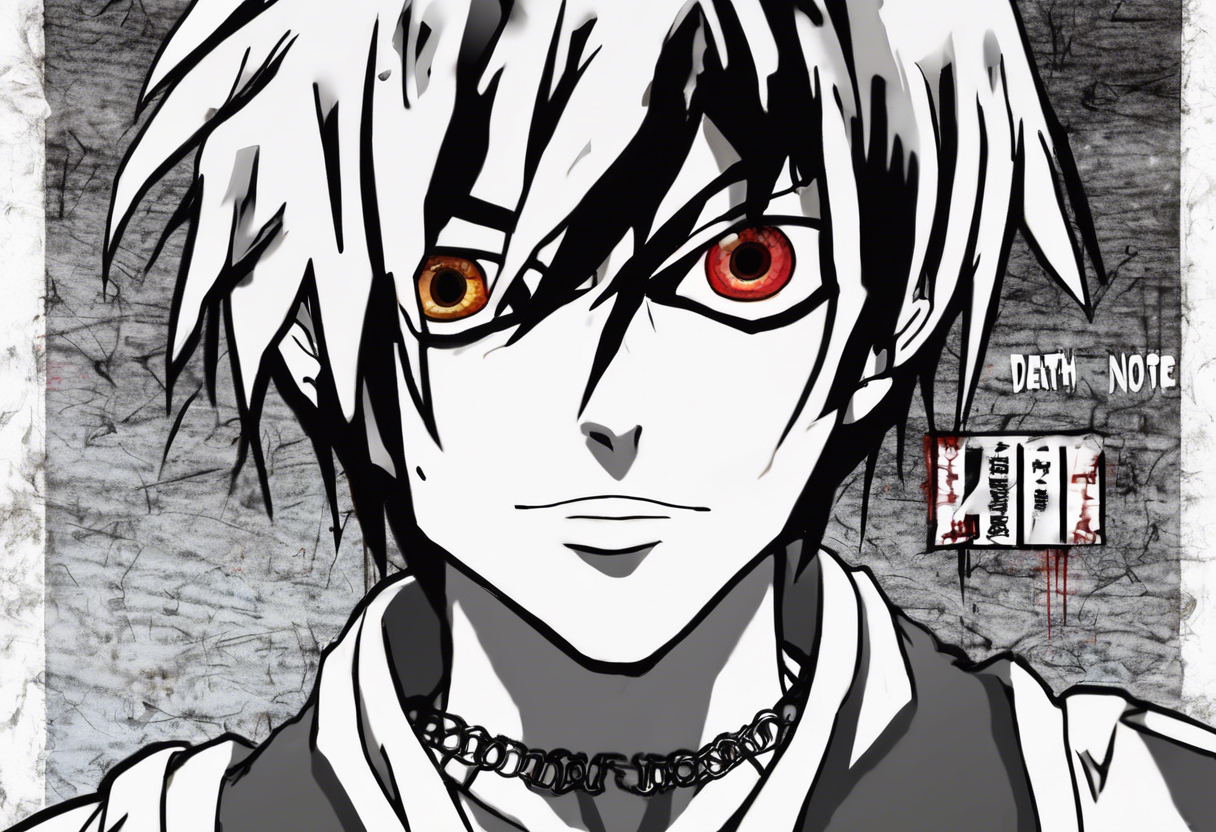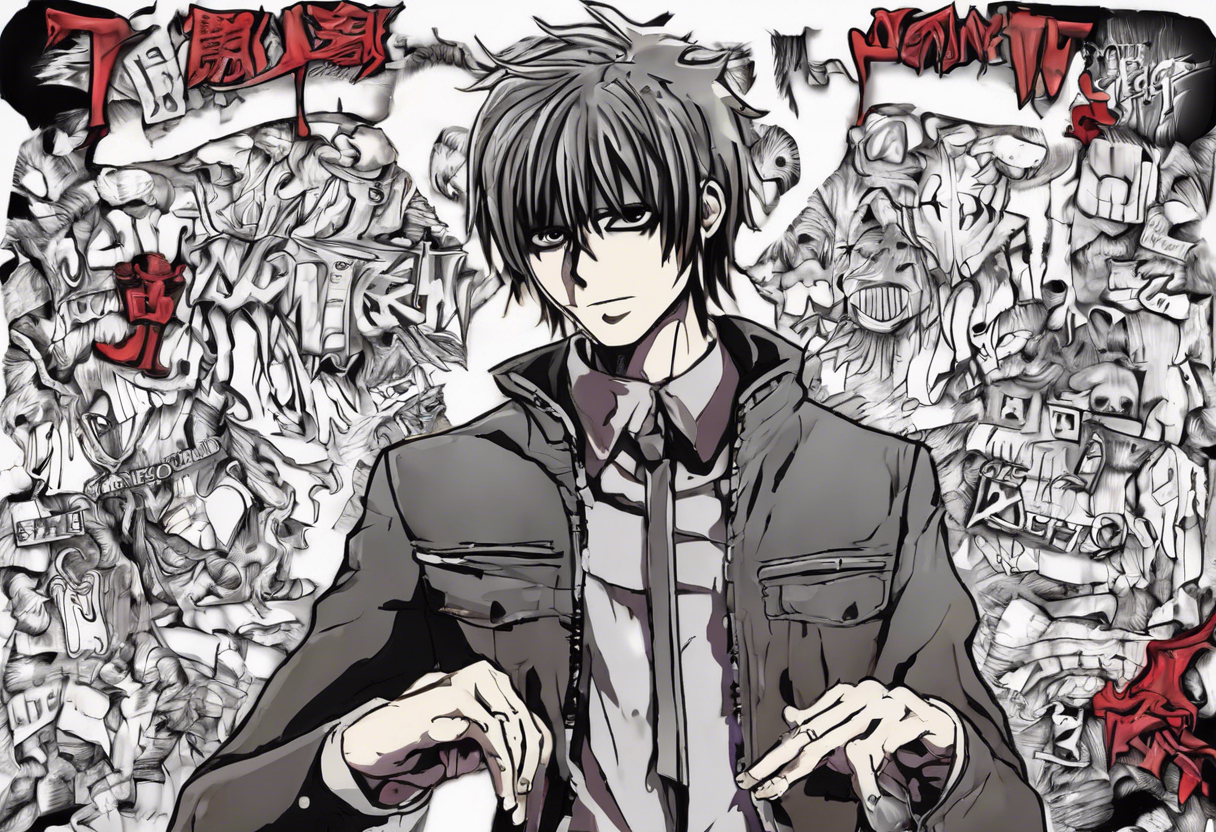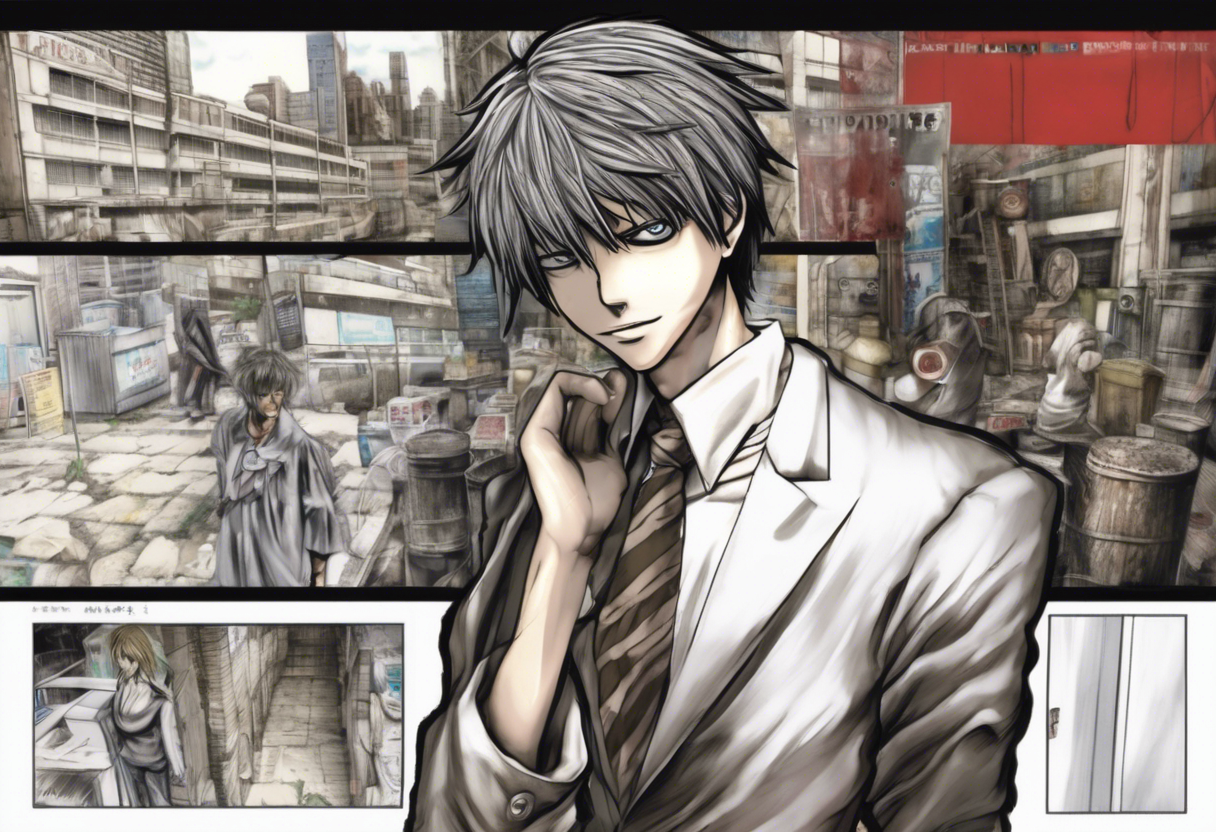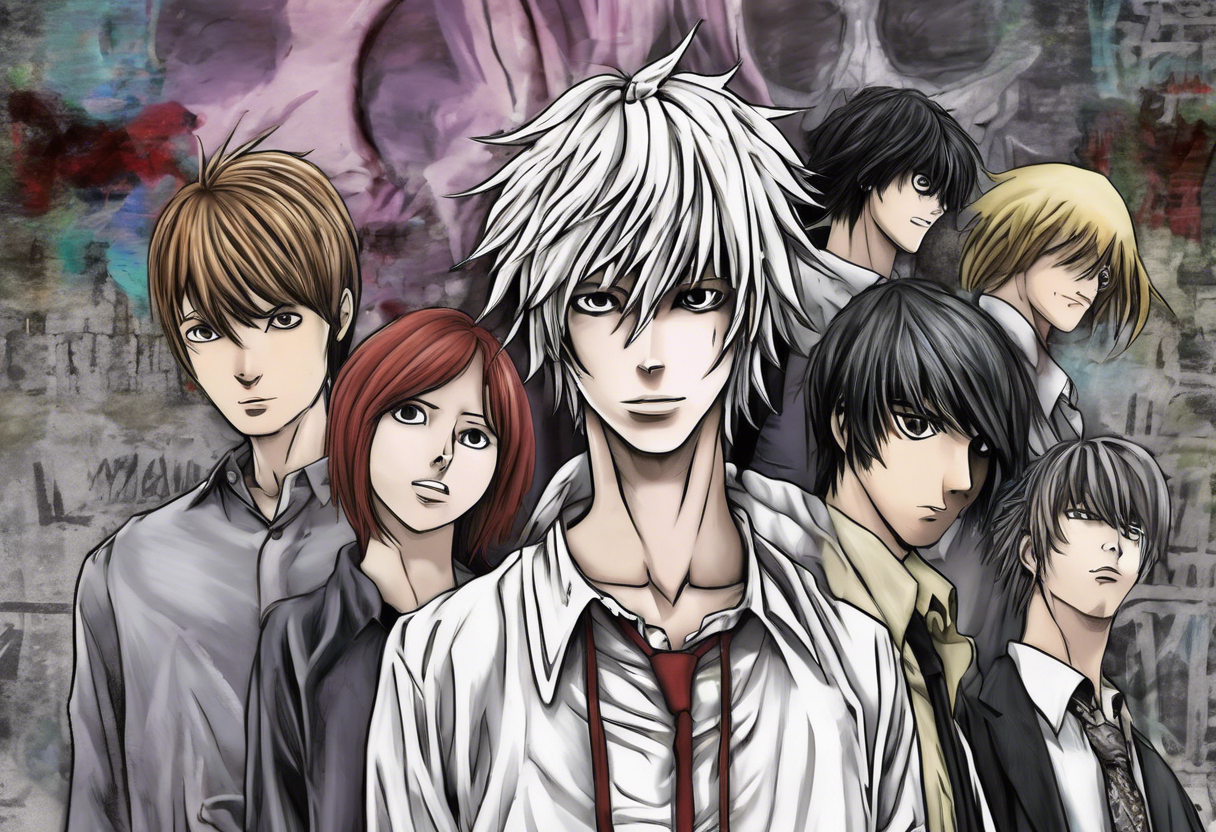Contents
Makeshift: A Critical Analysis of Death Note’s 20th Episode
Introduction
"Makeshift" is the 20th episode of the acclaimed anime series Death Note, directed by Tetsurō Araki and written by Toshiki Inoue. This episode is part of the first season, which began airing on October 4, 2006, on Nippon TV and concluded on June 27, 2007, with a total of 37 episodes. The series is an adaptation of the manga by Tsugumi Ohba and Takeshi Obata, and it was co-produced by Madhouse, Nippon Television, Shueisha, D.N. Dream Partners, and VAP.
The production of Death Note involved a meticulous process to ensure the anime stayed true to the original manga while also enhancing its narrative for the screen. Tetsurō Araki, the director, was keen on conveying the aspects that made the series interesting, rather than focusing solely on morals or the concept of justice [2]. Toshiki Inoue, the series organizer, played a crucial role in adapting the manga’s plot into the anime, tweaking the chronology and incorporating flashbacks to maintain the desired tension.
"Makeshift" stands out within the series for its intense plot developments and the strategic maneuvers of the main characters. This episode marks a significant point in the cat-and-mouse game between Light Yagami (Kira) and L, the genius detective tasked with uncovering Kira’s identity.
Plot Summary
In "Makeshift," the story delves deeper into the intricate plans and counter-plans of the characters. The episode begins with a meeting of the Yotsuba Corporation, where the members discuss their strategies to deal with the threat posed by Kira. Light Yagami, who is secretly Kira, continues to manipulate events from within the task force investigating the Kira case.
A key plot point involves Light setting up Namikawa as a potential mole within the Yotsuba group, further complicating the dynamics between the corporation and the task force. Meanwhile, L remains suspicious of Light and continues to test him, unaware of the true extent of Light’s involvement.
The episode also explores the psychological state of L, who is becoming increasingly paranoid and isolated in his pursuit of Kira. His health and mental stability are questioned, as he relies heavily on sugar to maintain his focus, a habit that is noted by other characters as detrimental to his well-being [1].
The tension builds as Light and L engage in a series of intellectual battles, each trying to outmaneuver the other. The episode culminates in a dramatic confrontation that highlights the strategic brilliance of both characters and sets the stage for further conflicts in subsequent episodes.
Themes and Symbolism
"Makeshift" delves into several central themes that are pivotal to the Death Note series. One of the primary themes is the morality of justice and the lengths to which individuals will go to achieve their goals. Light’s character embodies this theme, as he believes that his actions as Kira are necessary to create a utopian society without crime, despite the moral ambiguities of his methods.
Another significant theme is the psychological impact of obsession and the blurring of lines between good and evil. L’s character, in particular, illustrates this theme as his obsession with catching Kira begins to affect his health and mental state. The episode symbolically portrays L’s decline through his physical appearance and behavior, highlighting the personal costs of his relentless pursuit [1].
The episode also explores the theme of power and control, as Light and L engage in a battle of wits to outmaneuver each other. This struggle for dominance is symbolized through their interactions and the strategic moves they make, each trying to gain the upper hand in their cat-and-mouse game.
Cultural Impact
"Makeshift" and the Death Note series as a whole have had a significant cultural impact. The series was widely acclaimed for its complex characters, intricate plot, and philosophical themes, which resonated with audiences globally. The anime was licensed by Viz for distribution in North America, marking a significant milestone as it was one of the first well-known Japanese anime properties made legally available for download in the United States while still airing in Japan [2].
The series has influenced popular culture, with references in various forms of media, including other anime, manga, and even Western television shows. The character of Light Yagami and the concept of the Death Note have become iconic in anime culture, symbolizing the themes of justice, morality, and the dangers of unchecked power.
Critical Reception
"Makeshift" received mixed reviews from critics, with some praising the episode’s intense plot developments and others criticizing the new opening sequence introduced at this point in the series. The IGN review of the episode described the new opening theme as "awful" and "flashy, annoying," but acknowledged the episode’s engaging storyline and the well-written character of L [3].
Despite some criticisms, the episode and the series overall have been praised for their intellectual depth and the complex characters. The series has been lauded for its ability to balance suspense, drama, and philosophical themes, making it a standout in the anime genre.
Legacy
The legacy of "Makeshift" and the Death Note series is profound. The series continues to inspire filmmakers, artists, and audiences with its intricate plot, complex characters, and deep philosophical themes. It has set a high standard for anime storytelling, influencing many subsequent series and adaptations.
The enduring relevance of Death Note can be seen in its continued popularity and the numerous adaptations and spin-offs it has inspired. The series remains a favorite among anime fans and continues to attract new audiences, ensuring its place in cinematic history as a landmark anime series.

